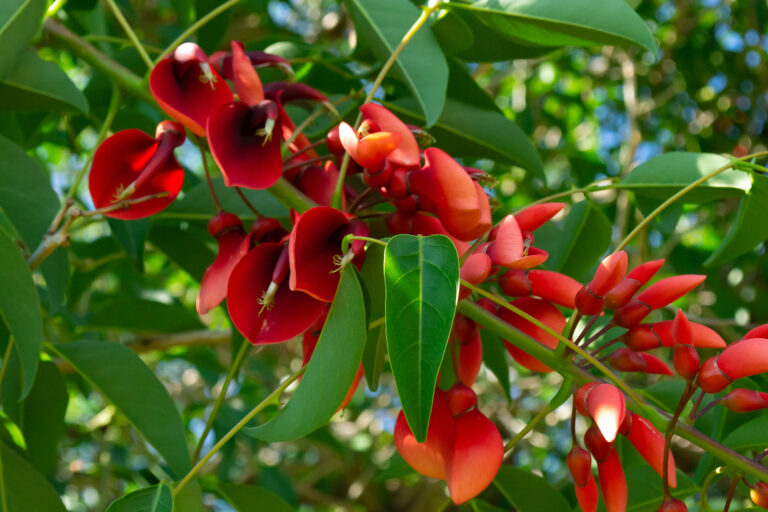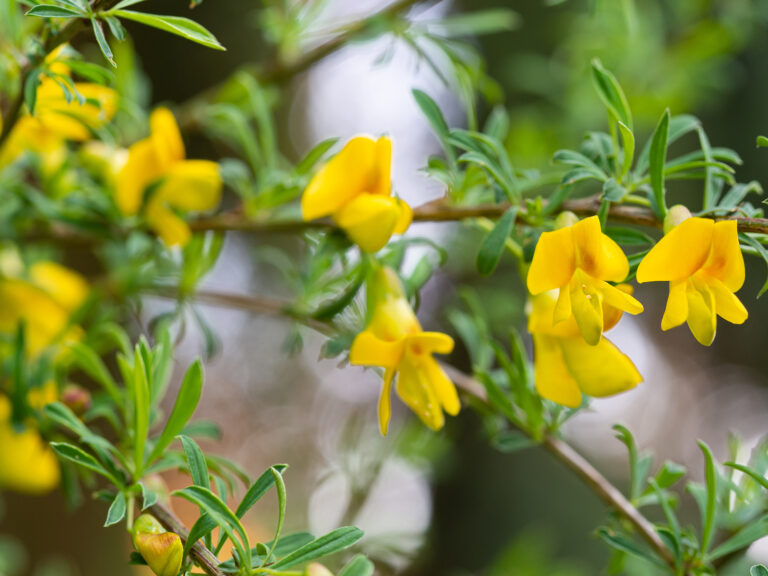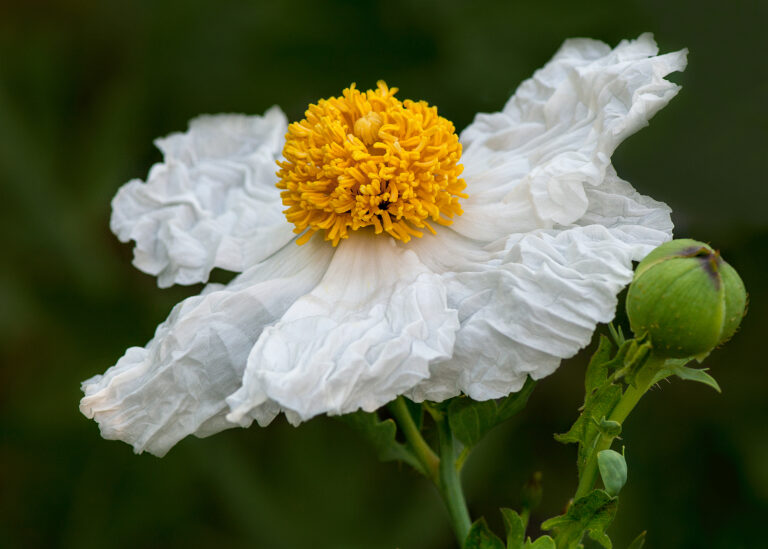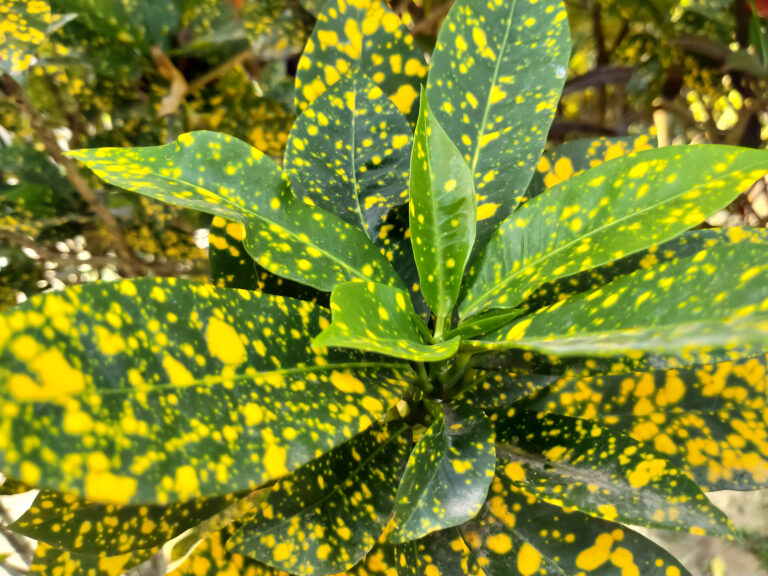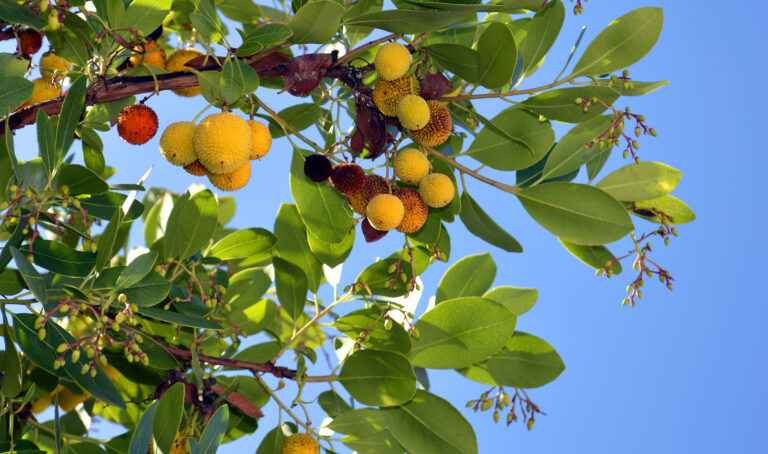How to Grow Comptonia – Sweet Fern
Comptonia, commonly known as sweet fern (Comptonia peregrina), is a unique deciduous shrub native to North America. Despite its name, it isn’t a true fern; the common name comes from the plant’s fern-like, deeply lobed leaves. Sweet fern is known for its pleasant, sweet fragrance that is released when the leaves are crushed or brushed against. This low-growing shrub is ideal for naturalistic gardens, dry slopes, or areas with poor, sandy soil.
Sweet fern thrives in challenging conditions where many other plants may struggle, making it valuable for erosion control, ground cover, or adding texture to naturalized settings.
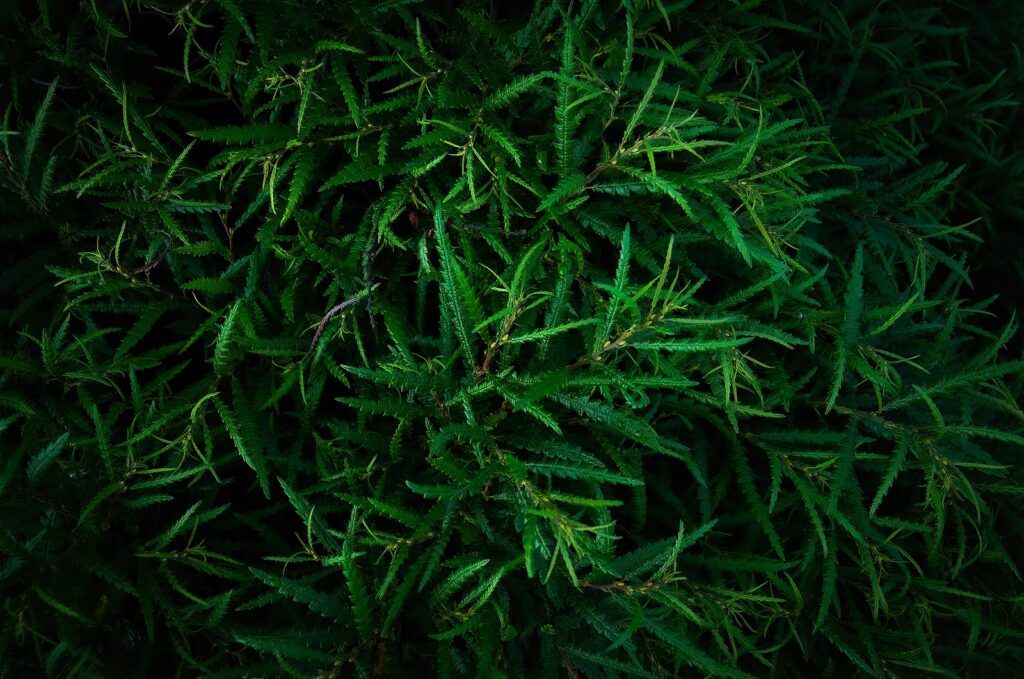
Where to Plant Comptonia
Comptonia prefers specific conditions:
- Light: Grows best in full sun to partial shade. It will tolerate some shade, but flowering and growth will be more vigorous in sunnier spots.
- Soil: Prefers sandy, acidic soil (pH 4.5-6.5). It is highly tolerant of poor soil conditions and thrives in well-draining, infertile soils where other shrubs might struggle. Avoid heavy clay or waterlogged soils.
- Space: This shrub spreads through underground rhizomes and can form colonies, making it a great choice for areas where you want to establish a ground cover. Allow for at least 3-5 feet of space for it to spread.
How to Plant Comptonia
- Planting Time: The best time to plant comptonia is in early spring or fall when the weather is cooler. This allows the shrub to establish roots before extreme temperatures set in.
- Preparing the Soil: While comptonia doesn’t require soil amendments, you can improve drainage by mixing in sand or small gravel if planting in a soil that retains too much moisture.
- Planting Steps:
- Dig a hole slightly wider than the root ball but no deeper.
- Place the shrub in the hole, ensuring that the top of the root ball is level with the soil surface.
- Backfill with soil, lightly tamping it down to eliminate air pockets.
- Water thoroughly to help settle the soil around the roots.
Caring for Comptonia
Watering
- Establishment Phase: Water regularly during the first growing season to help establish the roots. Keep the soil lightly moist but not soggy.
- Long-term Care: Once established, comptonia is drought-tolerant and requires minimal watering. Water only during extended dry spells. It is particularly suited to dry, sandy sites where other plants may struggle.
Fertilizing
- Sweet fern is a low-maintenance shrub that typically does not need fertilization. It can fix its own nitrogen, improving the soil around it.
- Optional Feeding: If desired, a light application of compost in early spring can support growth, but avoid using synthetic fertilizers that may disrupt the plant’s natural growth patterns.
Pruning
- When to Prune: Pruning is usually unnecessary for sweet fern, as it naturally maintains a compact, mounded shape. However, it can be pruned in early spring to remove any dead or damaged branches.
- How to Prune:
- Trim back any stems that have become leggy or unsightly.
- Thin out dense growth if needed to improve air circulation.
Mulching
- Mulching around the base of the plant with organic materials such as pine needles or shredded bark can help retain soil moisture, suppress weeds, and maintain soil acidity.
- Avoid piling mulch directly against the stem to prevent rot.
Winter Care
- Comptonia is hardy in USDA zones 2-6, making it suitable for cold climates. It doesn’t require special winter protection.
- The shrub may lose its leaves in winter, but the branches will retain a pleasant fragrance.
Propagating Comptonia
Sweet fern can be propagated through seed, cuttings, or division:
- Seeds: Collect seeds in fall and plant them directly in the garden or in pots after a period of cold stratification (about 90 days). Sow in a well-draining, sandy soil mix and keep the soil lightly moist until germination.
- Cuttings: Take softwood cuttings in early summer. Dip the cut end in rooting hormone and plant in a well-draining potting mix. Keep the cuttings in a shaded, humid environment until they root.
- Division: Dig up and divide established plants in early spring or fall. Separate the rhizomes and replant the divisions immediately.
Pests and Diseases
Comptonia is generally pest- and disease-free, making it a low-maintenance choice for the garden. However, it’s still wise to keep an eye out for:
- Root Rot: This can occur in poorly drained soils. Planting in well-draining soil is the best way to prevent this issue.
Using Comptonia in the Garden
- Ground Cover: Its spreading habit and tolerance of poor, sandy soils make it an excellent ground cover for slopes, hillsides, and areas where erosion control is needed.
- Naturalized or Woodland Gardens: Sweet fern’s natural, rugged appearance is perfect for woodland settings and naturalistic garden designs.
- Dry, Sandy Sites: It thrives in dry, sandy areas where other plants may struggle, making it suitable for xeriscaping.
- Borders and Edges: It can be used as a border plant along paths or driveways, providing texture and fragrance.
- Wildlife Gardens: Sweet fern attracts beneficial insects and provides shelter for small animals.
Benefits of Growing Comptonia
- Adaptable to Poor Soils: Thrives in infertile, sandy, or rocky soils where many other shrubs would struggle.
- Drought Tolerant: Once established, it requires minimal watering.
- Pest and Disease Resistance: Resistant to most common pests and diseases.
- Erosion Control: Its spreading habit and deep root system help stabilize soil on slopes and embankments.
- Fragrance: The aromatic leaves add a sensory element to the garden.
Comptonia Medicinal and Traditional Uses
Sweet fern has been used in traditional medicine for various purposes:
- Herbal Teas: The leaves can be brewed into a tea with a mild, sweet fragrance, traditionally used to soothe digestive issues.
- Skin Treatments: Historically, poultices made from the leaves have been used to treat skin conditions, such as rashes and insect bites.
- Aromatic Uses: The leaves can be dried and used in sachets or potpourri.
Comptonia Summary
Comptonia is a versatile, low-maintenance shrub that thrives in challenging conditions. Whether used for ground cover, naturalized gardens, or erosion control, its unique foliage and pleasant fragrance make it a valuable addition to the landscape. With proper planting, minimal care, and well-drained soil, sweet fern will flourish, adding texture and a touch of natural beauty to your garden.


